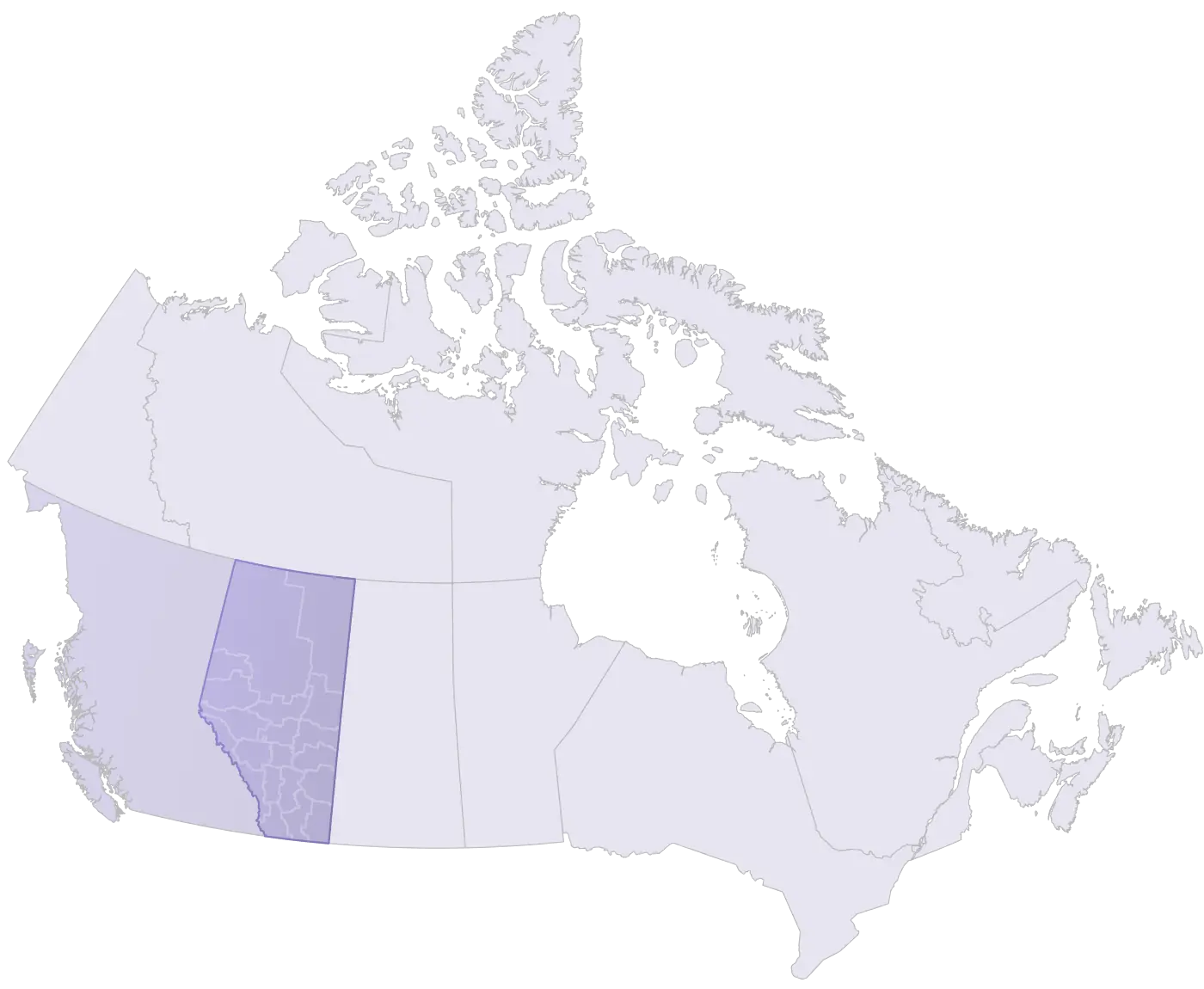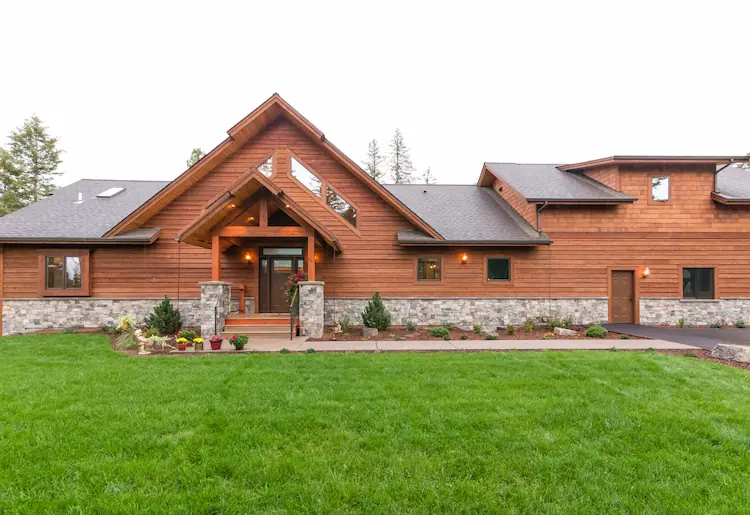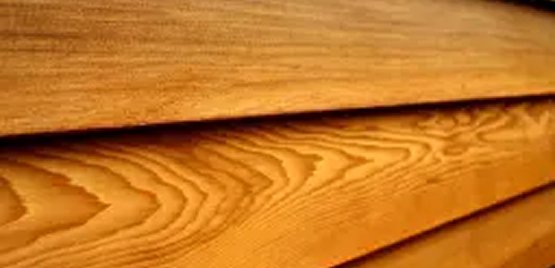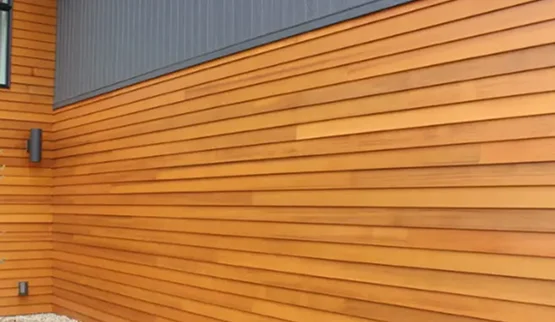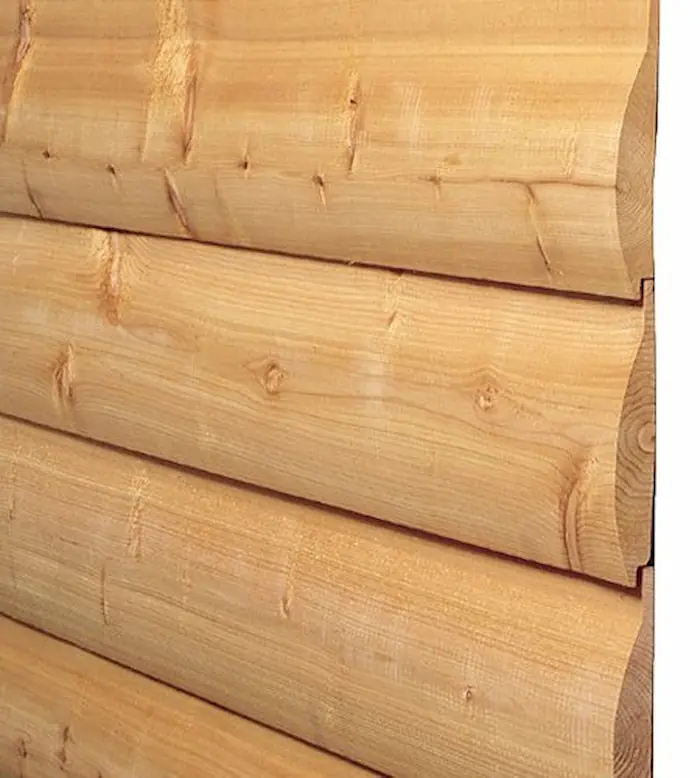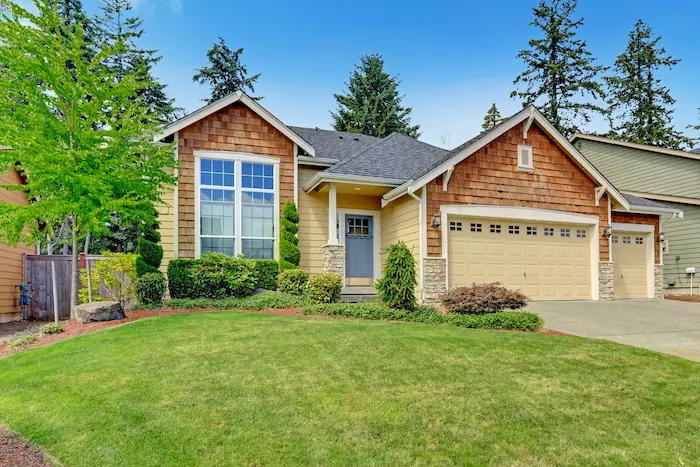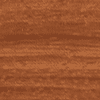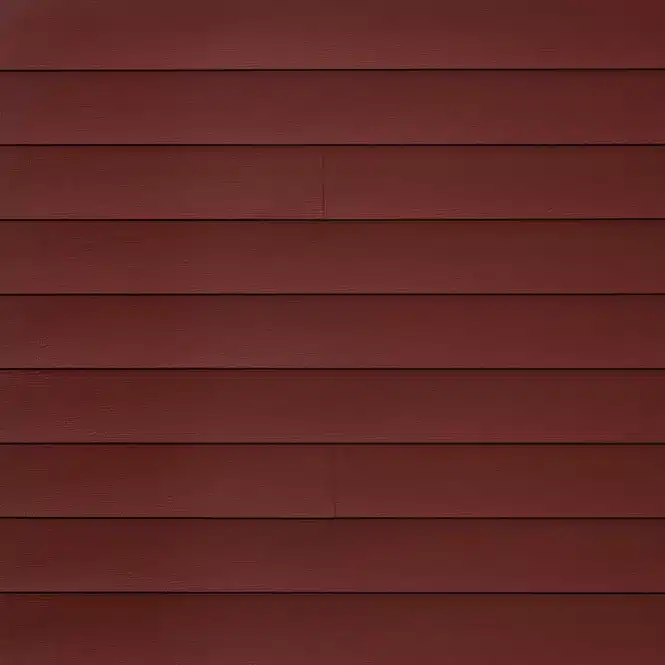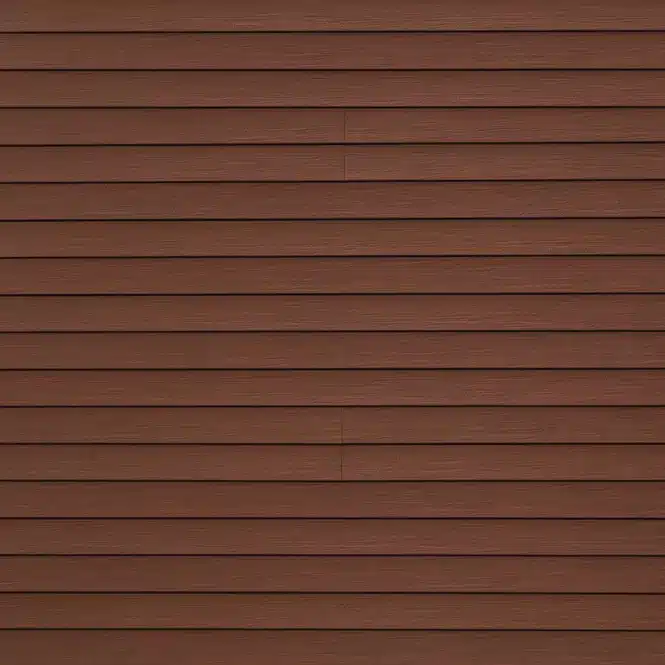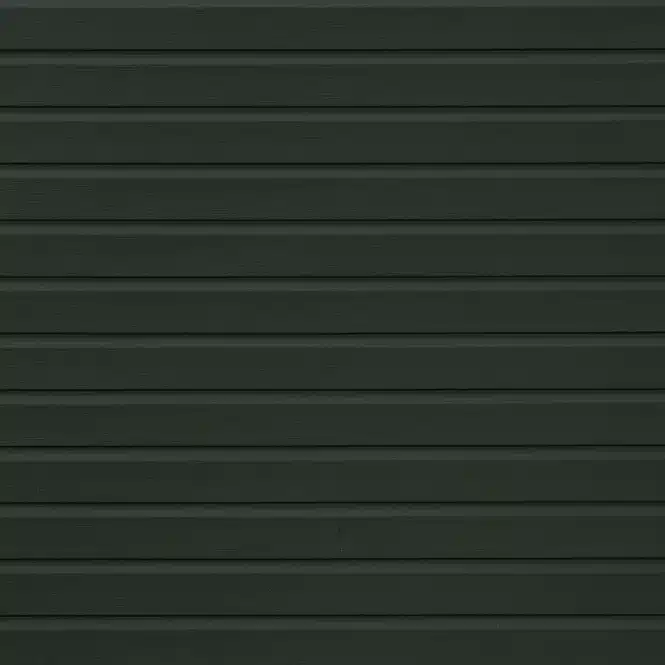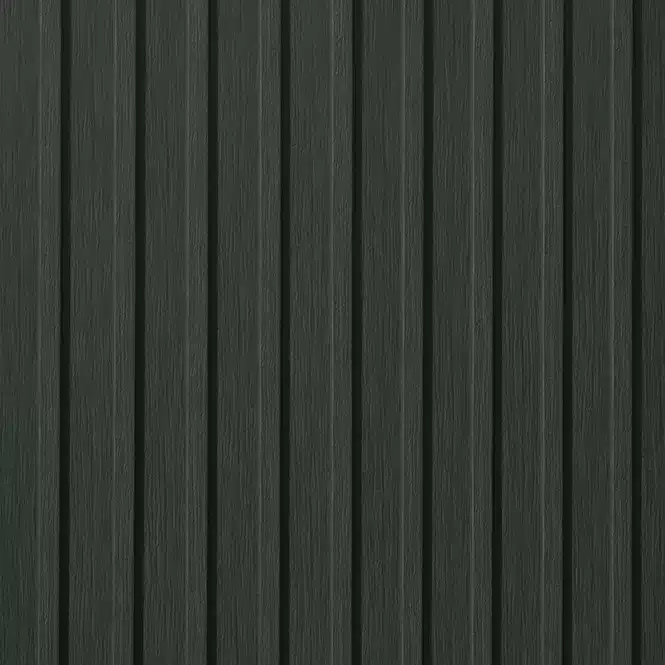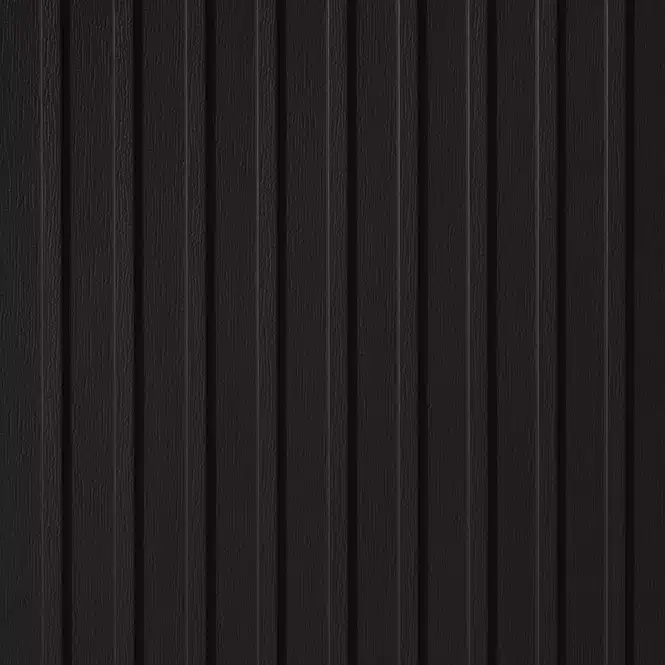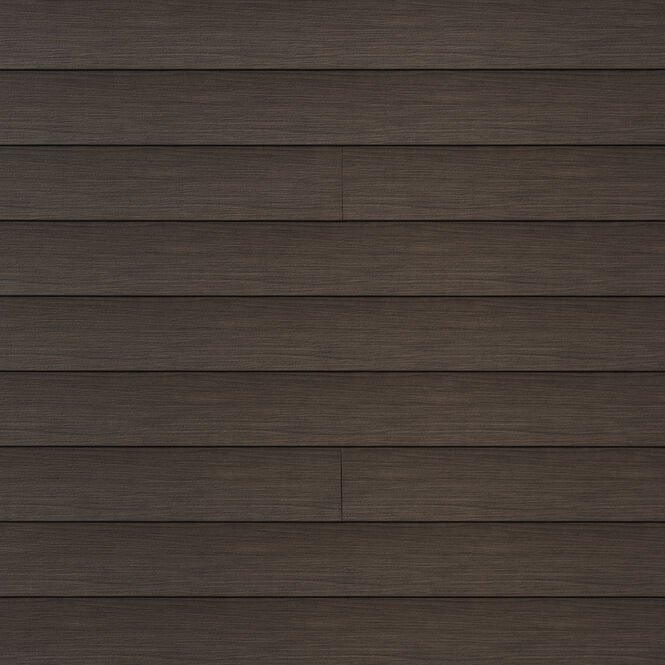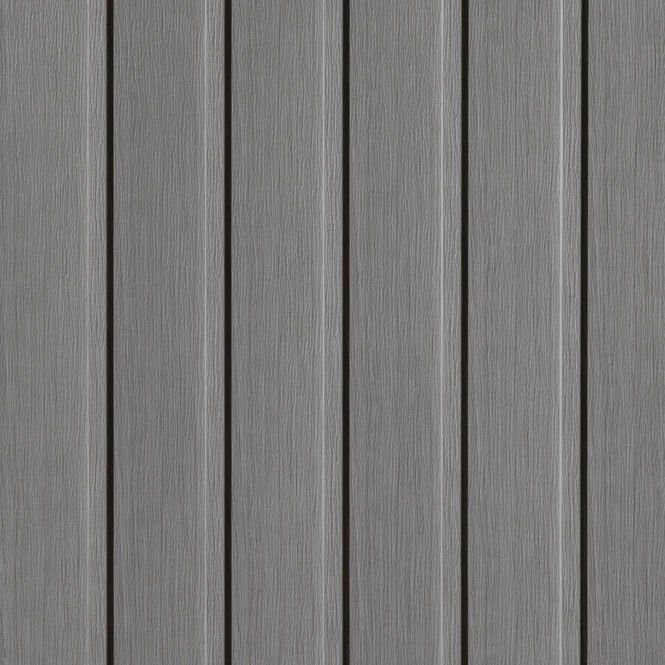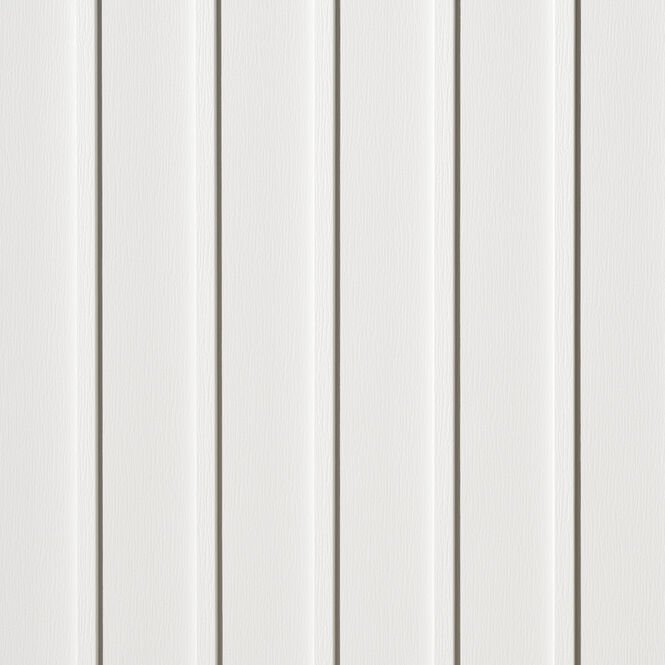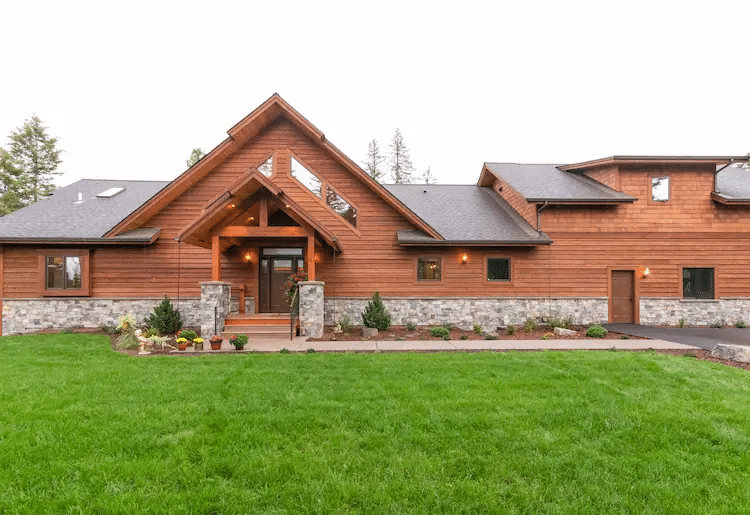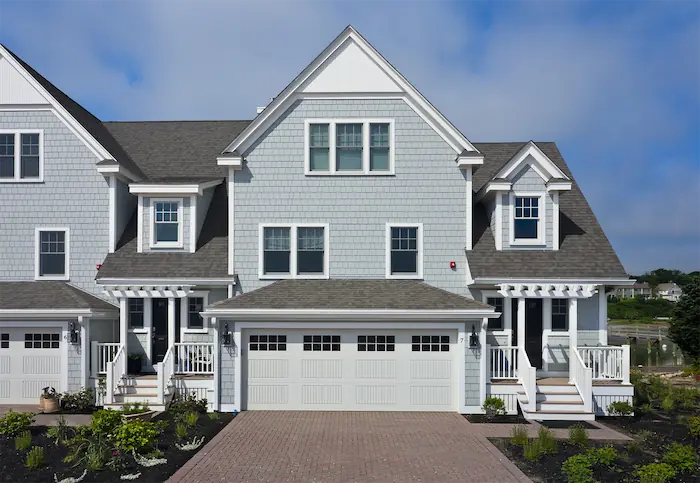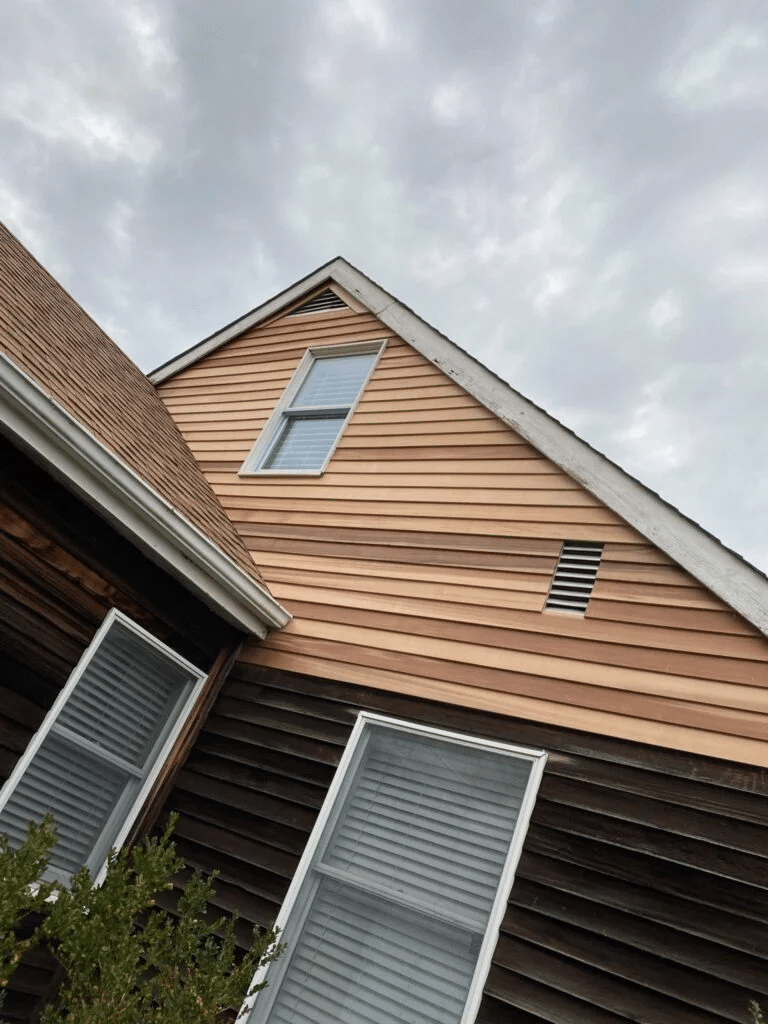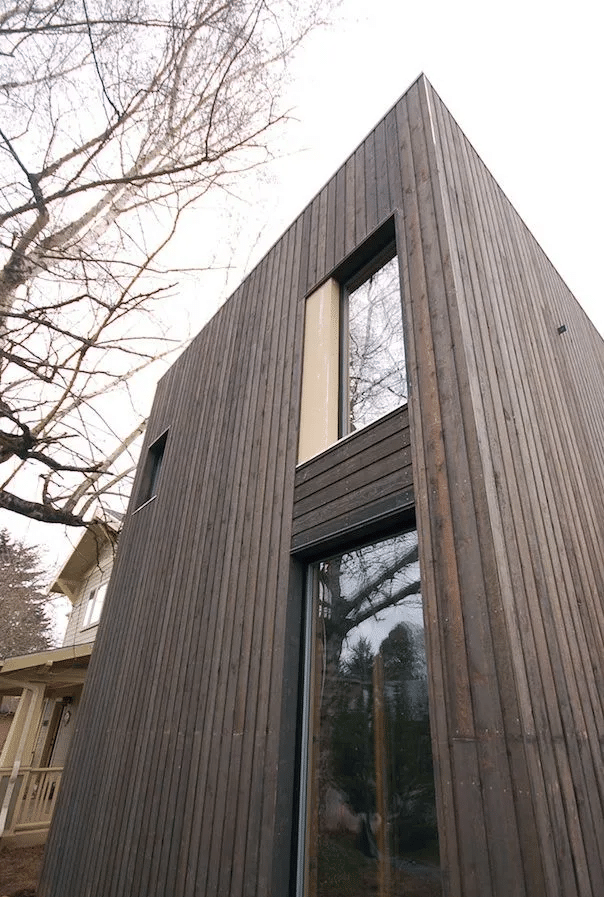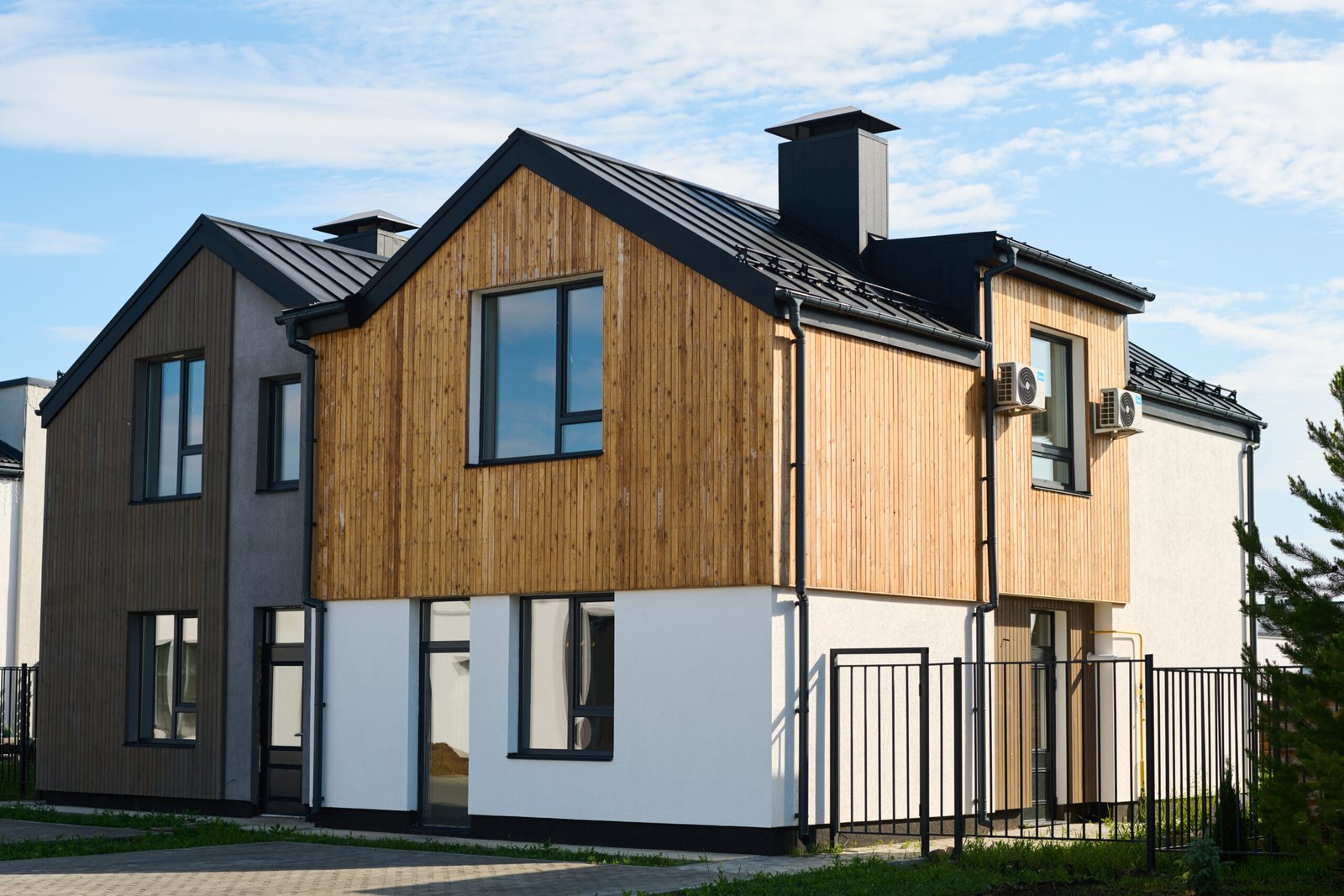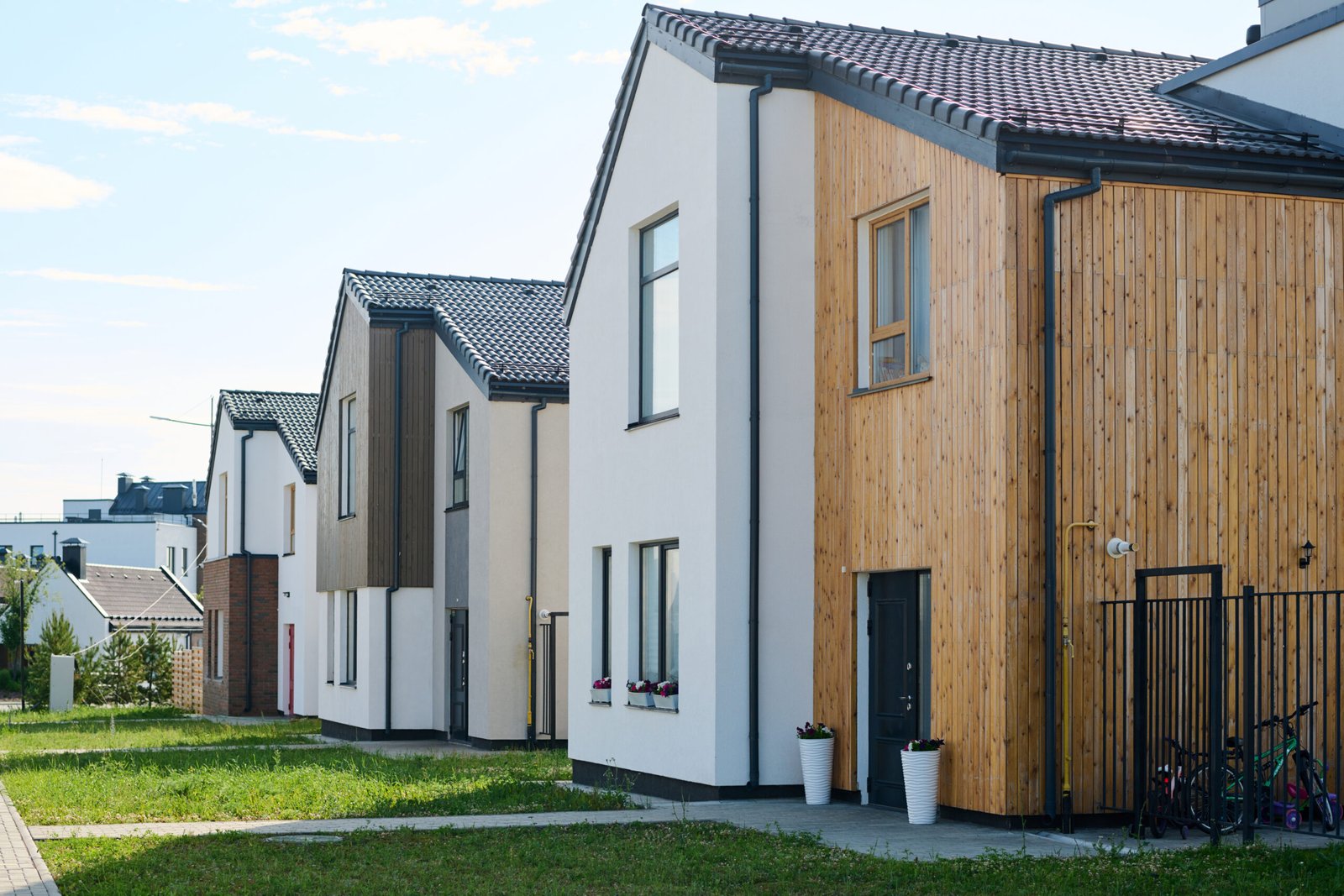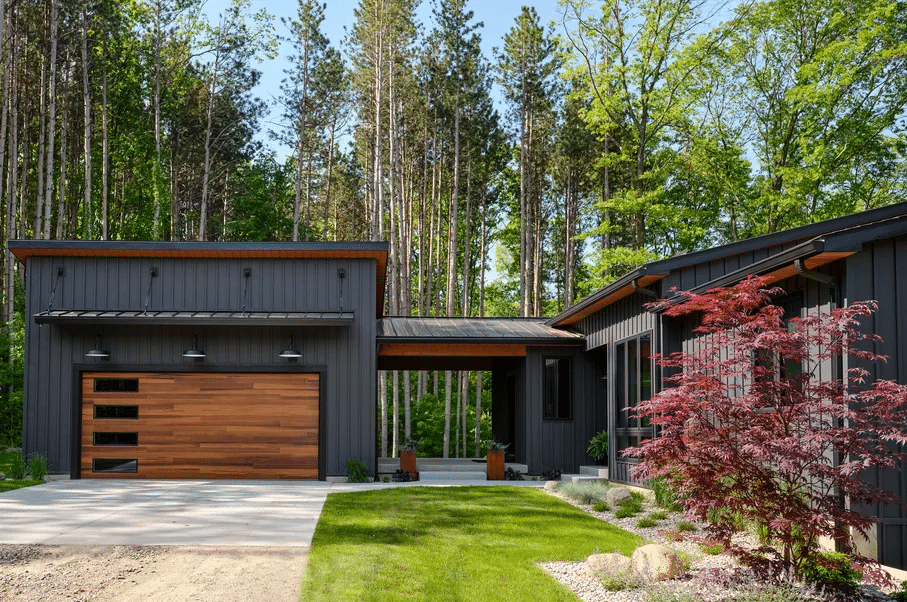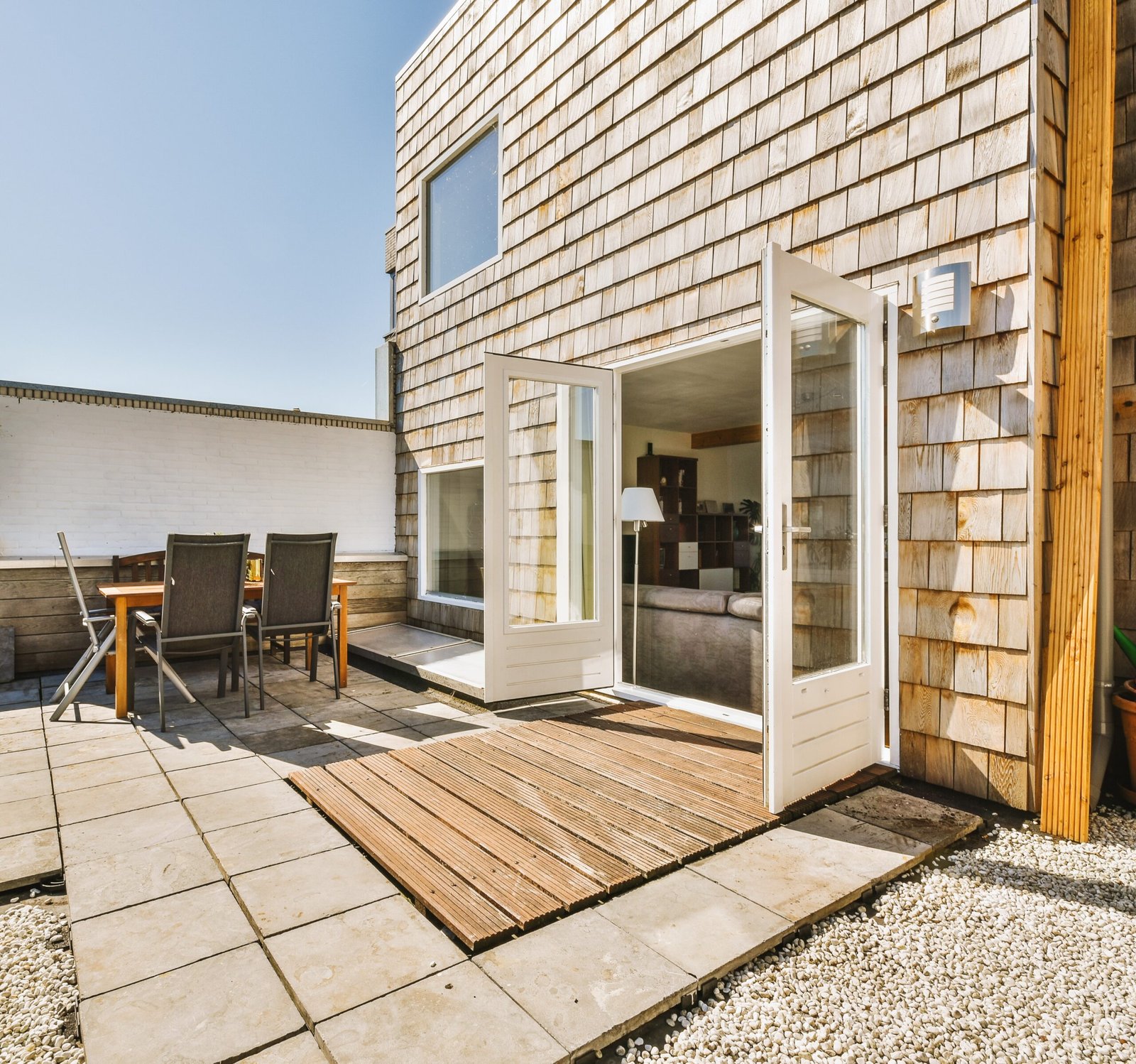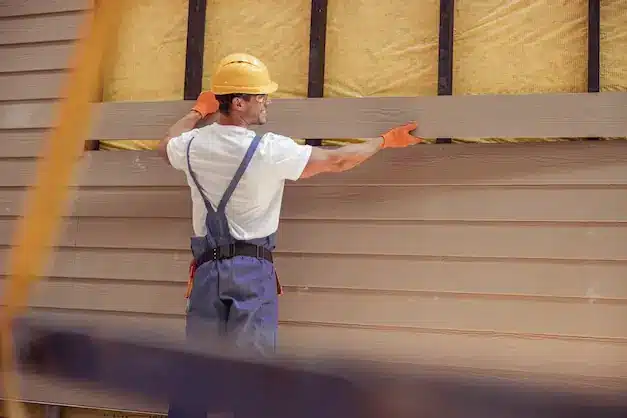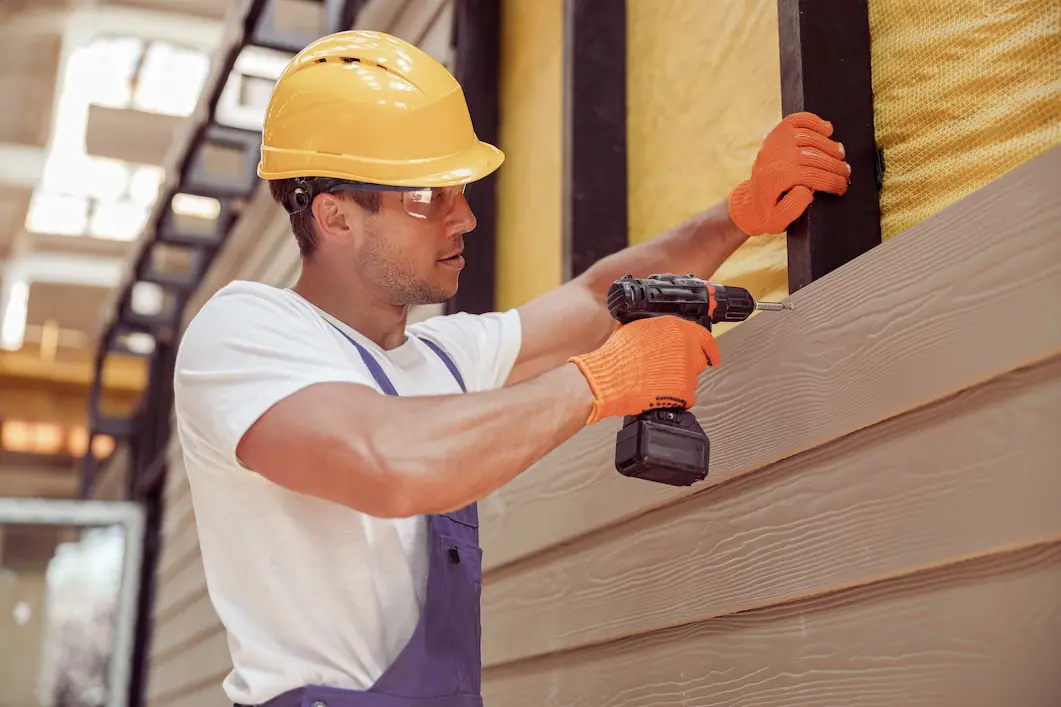
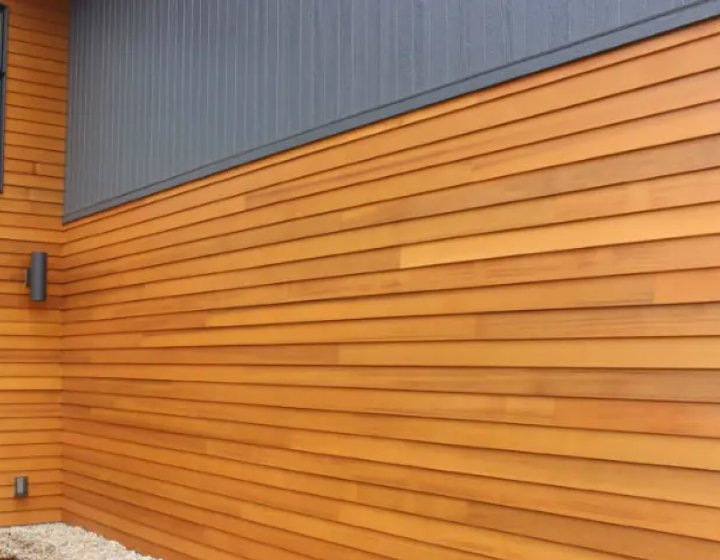
Cedar Siding Installation for Houses
Exterior cedar siding in Alberta must endure extreme winters, unpredictable weather conditions, and the need for lasting curb appeal. This is where cedar truly shines. Cedar wood isn’t only tough; it’s naturally designed to take on whatever Mother Nature throws at it.
From the refined look of western red cedar to the clean, structured lines of bevel designs, there’s a style to fit every project. Whether you’re aiming to give your home a modern edge with vertical designs or remain classically timeless with red cedar, this material delivers both in performance and in design. It’s more than an upgrade—it’s an investment in quality.
The Benefits of Cedar Siding

Natural Insulation:
Keeps your home warm during winter and cool during summer, improving energy efficiency

Long-Lasting:
Properly maintained, cedar can last as long as 50 years

Fade Resistant:
Modern finishes maintain color longer, even in Alberta’s intense sun

Eco-Friendly:
Only occasional cleaning is needed every couple of years

Low Maintenance:
Only occasional cleaning is needed every couple of years

All-Climate Ready:
Built for freezing winters and hot summers alike, no matter the style

Fire Resistant:
Naturally less flammable, adding an extra layer of safety

Rot-Proof:
Western red cedar withstands water and decay, ensuring long-lasting performance

Pest Resistant:
Insects like termites and woodpeckers are no match for this material

Varied Designs:
From bevel to shake styles, the design options are vast

Scratch Tough:
Cedar hides wear and tear easily, retaining its beauty for years

Weather-Resistant:
Perfect for Alberta’s snow, rain, and temperature fluctuations

Variations of Covering
The covering is able to offer proprietors various styles & textures to make any building look perfect. The choice of a suitable type of covering will help create either a classic or contemporary look. Consider the most popular varieties of organic covering for the renovation of residential houses:
-
Natural Cedar Boards
Clapboard is a traditional style where long horizontal boards overlap. This style provides excellent protection against water, thanks to its overlapping design. It offers a polished yet timeless look with customizable exposures, typically 10–20 cm.
Horizontal Lap CoveringFlat exterior walls gain dimension with horizontal lap cladding. Smooth or textured finishes create symmetry and elegance. Variants like Dutch lap or bead-strip designs offer a twist of modernity while maintaining versatility.
Channel PanelingChannel siding is suitable for horizontal, vertical, or diagonal installations. The overlapping edges allow the wood to expand and contract with temperature changes, preventing damage like cracking or warping. A snug groove cut along the edge provides a rustic look with excellent water resistance.
Split Log and Board & Batten OptionsFor a cozy, cabin-like feel, split log designs retain natural curves on one side while the flat underside ensures easy installation. Board and batten offers bold vertical lines for added architectural interest. Both styles add warmth and character, though they may need extra treatment for long-term durability.
Tongue and GrooveTongue and groove siding creates a smooth, seamless surface suitable for modern or antique-inspired aesthetics. Its interlocking design supports horizontal, vertical, or diagonal installation while lending greater structural integrity.
Shingle and Shake OptionsShingle designs provide a clean, modern aesthetic with evenly cut panels. Shake siding, on the other hand, offers a textured, rustic look with varying panel lengths. Both styles overlap for superior water protection and may require fire-retardant treatment in certain areas.
The exterior of your home is more than a layer of protection—it’s an opportunity to express your style. With red cedar, the possibilities are endless. Whether you prefer the rich, natural tones of western red cedar or a painted finish for a contemporary flair, there’s a color and texture to match every vision.
Colors
Add natural beauty to the exterior of your home with the help of cedar siding. From the rich warmth of Western Red Cedar’s honey tones that naturally age to distinguished silver gray, to custom stains offered in everything from light Natural to deep Mountain Cedar. Our selection includes semi-transparent stains that enhance the natural grain of cedar and solid finishes for a more contemporary look.
Every finish is uniquely formulated to resist Alberta’s extreme UV exposure and hold its appearance for years to come.
Timberline
All colors shown are representative and may not be an exact match.
Cedar
Cider Mill
Cottage Red
English Saddle
Midnight Blue
Napa Vine
Ripe Olive
Spruce
Statuary Bronze
Timber Ash
Weathered Wood
White
Cedar Siding Costs
Several factors influence the cost of installation:
-
Size of the Job
iLarger homes or complex designs require more materials and labor.
-
Preparation Complexity
iSurface repairs or extra preparatory work can increase costs.
-
Additional Treatments or Finishes
iStaining, painting, and fire-retardant treatments can add to the budget.
Start at 13.5$-
Removal of Existing Materials
iTaking off old cladding increases labor costs but provides a clean slate for the installation.
-
Grade and Quality Selection
iPremium grades offer better stability and fewer imperfections but come at a higher price.
-
Architectural Features
iDetails like corners, trim work, and decorative elements require additional materials and expertise.
On average, installing cedar siding can range between $13.5 and $15 per square foot. For an 1,800 sq. ft. house, the total cost typically falls between $24,300 and $27,000.
The process of siding installation
-
Old Siding Removal
The first step involves carefully removing existing materials without damaging the underlying structure.
Read more -
Inspection and Surface Preparation
Once removed, the wall structure is inspected for damage like rot or cracks. A weather-resistant barrier is then applied for added protection.
Read more -
Cutting and Finishing Panels
Each piece is measured and cut to fit perfectly. Options like bevel, tongue and groove, or shingle styles can be stained or painted during this step.
Read more -
Installation
Boards are installed with precision techniques, overlapping where necessary to create a seamless and weather-resistant finish.
Read more -
Finishing Touches and Clean-Up
Final checks ensure the siding is properly installed, and any additional treatments, such as stains or fire-retardants, are applied. The site is then cleaned, leaving your home with a polished exterior.
Read more
A Company You Can Trust
At Family Siding, we are more than just installers; we are your all-in-one exterior solution.
Family Siding is ready to bring your vision to life. With our team of professional exterior renovation experts and hundreds of siding and cladding options that will fit your design aesthetic, your experience with Family Siding will be smooth and stress-free from start to finish.
Contact usReady for a complimentary assessment or inspection?
FAQ
-
Why is cedar a good option for my home?
Cedar stands out for its natural beauty and durability. It resists moisture, decay, and pests while offering timeless aesthetics that increase your home’s value. -
How long does cedar siding last?
With proper care, it can last for decades—typically 20 to 40 years or more. Regular maintenance ensures it remains weather-resistant and visually appealing. -
What kind of maintenance does cedar require?
Cedar benefits from routine cleaning and inspections. Applying a fresh coat of stain or sealant every few years protects against UV rays and moisture. -
Is cedar sustainable?
Yes, cedar is a renewable resource with a lower carbon footprint compared to synthetic alternatives. Many suppliers source it from responsibly managed forests. -
Can cedar be painted or stained?
Absolutely. Staining enhances its natural grain, while painting offers a wide range of color options. -
How does cedar perform in different climates?
It’s well-suited for diverse environments, resisting rot and moisture in wet climates while providing insulation in cold regions. -
How does cedar compare to other wood options?
Cedar is lightweight, durable, and naturally resistant to pests, making it superior to many other wood materials. -
Is cedar worth the cost?
Though it may have higher upfront costs, cedar’s durability, insulating properties, and beauty make it a worthwhile investment.
Thank you!We'll get back to you within 60 minutes
Our technical team consists of experienced flooring installers. Plus, you will have a dedicated Project Manager overlooking the process.
Order a callbackWe'll get back to you within 60 minutes
 James Hardie
James Hardie Vinyl
Vinyl Cedar
Cedar AL13 covering
AL13 covering Aluminum
Aluminum Metal
Metal Engineered Wood
Engineered Wood Lux Panel
Lux Panel Longboard
Longboard Easy Trim Quick Panel system
Easy Trim Quick Panel system